Journal
Articles
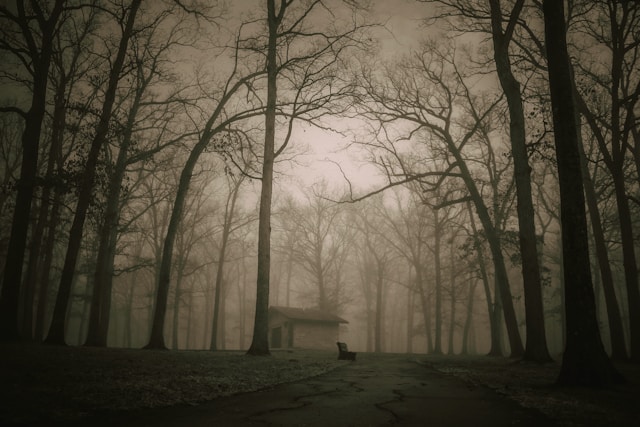
Who’s next?
Tackling societal issues and politics in horror is, of course, nothing earth-shattering. Horror has long been grounded in political allegory – always passionate, often cheap and gory – to push against cultural boundaries and confront the ugliest sides of humanity: misogyny, homophobia, xenophobia, classism.
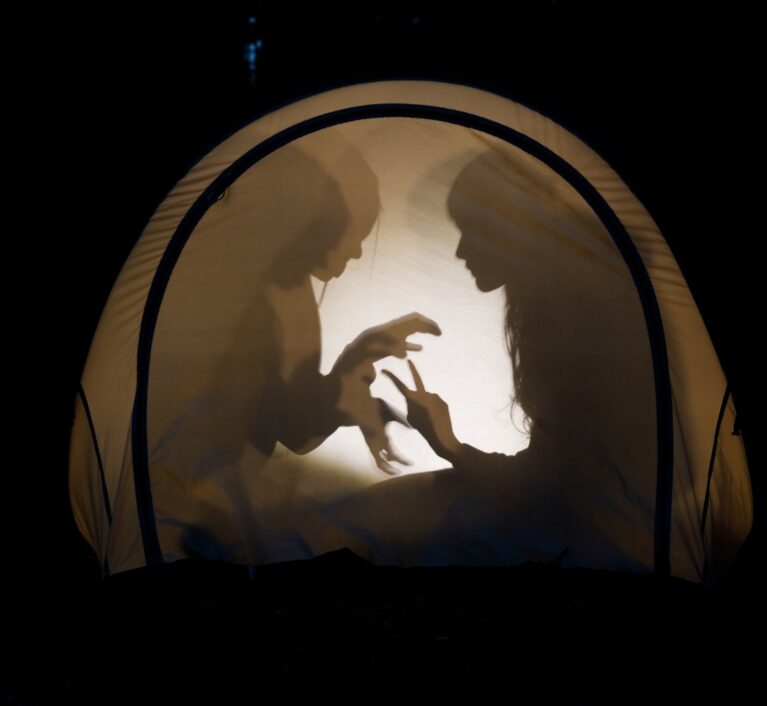
Trans as monster
A near future in the West in which access to gender-affirming surgery and cross-sex hormones is outlawed is no longer unimaginable. Those of us who have updated our sex markers on our passports have begun to wonder if they will be soon declared invalid with the stroke of a pen. It’s already happening in the US and the UK, once the global torch bearers of queer liberation. Why couldn’t it happen here too?
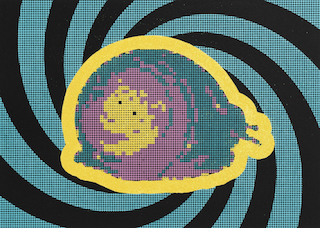
Double vision
My memories of growing up in New Zealand and Australia are a technicolour whirl of cartoons, comic books, science fiction and arcade video games – I guess I’m instinctively drawn to imagery of that era. I love using readymade imagery as a starting point for my artwork. Sixties Pop Art taught me the joys of subverting the mundane and incorporating everyday imagery not necessarily intended to be viewed as art.
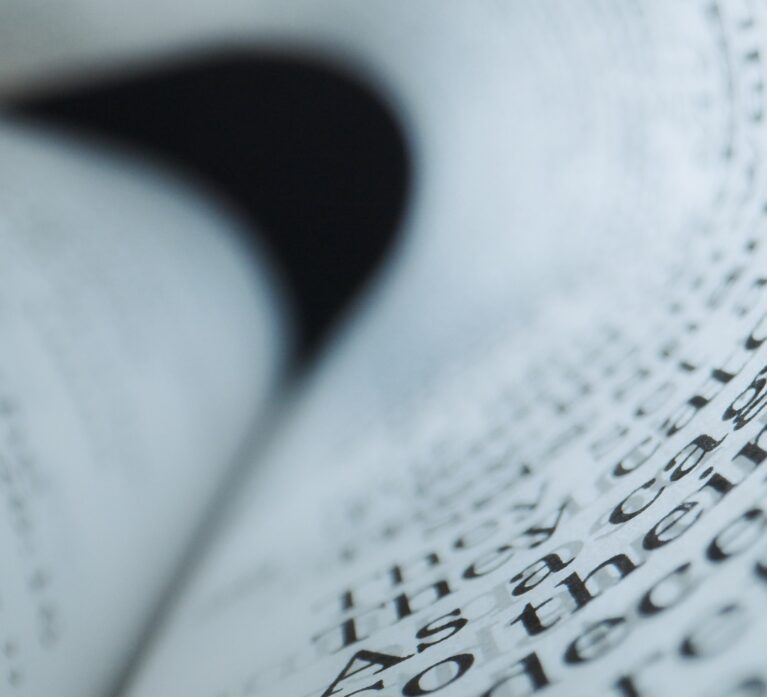
Is poetry disabled?
In poetry’s capacity to self-define, to reject conventionality, to be in a constant state of flux and to hold the contradictory together in its granularity, it subverts formal systems of designation time and again. Poetry then avoids simple diagnosis, at least pre-emptively.

A half-century of hatchet jobs
Authors and publishers worry that bad reviews kill sales. I’ve seen no evidence that this is the case, but plenty that bad reviews distress and demoralise their subjects. Many people who care about literature endow criticism, and especially negative reviews, with magical powers. They hold dear the fantasy that if critics did a better job, if they were braver soldiers, the profound structural problems that bedevil Australian literature – books rushed to press, low pay, policy indifference, plummeting reading rates, crisis in higher education, not to mention the racism and the classism – might somehow disappear. A cracking review ennobles its subject with attention and consideration, but I’ve never seen one earn an author a higher advance on their next book or buy them more time for revision, let alone shift the federal arts budget.

Resisting the ‘Content Mindset’
Artists’ dedication to their practice has long been glamourised as the ‘struggling artist’ trope, trivialising the mental and physical labour of creative work. Their flexibility has been co-opted into the ‘portfolio career’, normalising all professional engagements that lack secure tenure, not just creative roles. Their agility in working cross-discipline and cross-platform has vindicated the expedience of a ‘content-first’ approach. Their precariousness has been hyped as the ‘gig economy’, standardising working conditions that lack basic entitlements. Their intellectual property has been stolen to feed or ‘train’ generative AI programs, making IP theft widely acceptable. (You’ve got to hand it to the Content Mindset’s PR guys: rebranding industrial-scale IP theft as ‘training’ for ‘artificial intelligence’ is right up there with rebranding creationism as ‘intelligent design’.) Artists’ venturous thinking is widely dismissed as ‘fringe’, depoliticising its impact. Time and again, artists’ commitments to their ethics and responsibility to their communities have been co-opted as ‘culture war’ tools, dumbing down the public debate to reinforce hegemonies. And of course, their works have been belittled as mere ‘content’, undermining their expertise.

Negotiating cultural heritage
Understanding how culture is integrated into a sense of self is challenging. What do we even inherit from the cultures of our ancestors? We may be able to accept, quite readily, that we are shaped by our cultures in all kinds of conscious and unconscious ways – that we inherit traits, practices, beliefs and stories – but it’s impossible to determine precisely how cultural heritage impacts not just any given person but also the stories they tell (assuming these are different things) in the past and in the present. In one sense, all stories, at the level of both form and content, are embedded within cultures – but since cultures are unstable and change over time, what is it that a writer might inherit?

From the hills of Killea
She lived alone with five horses, five dogs, three cats, three geese and two ducks. She had escaped Manchester under Thatcher, gone off the grid in Tipperary and never returned. She said mass suicide was the only answer to climate catastrophe. She was the most interesting person I had ever met. Before dawn, I would write. By daybreak, I would find a pair of wellies and then muck out the stables, wheeling huge barrows of horseshit across her yard to a pile the size of a fire truck. There was little time to rest. The stove needed to be fed, constantly, with bricks of peat to keep the house warm. The horses needed to be given hay five times a day. The geese needed guarding from the foxes. I learnt to care for animals, to give them my attention.
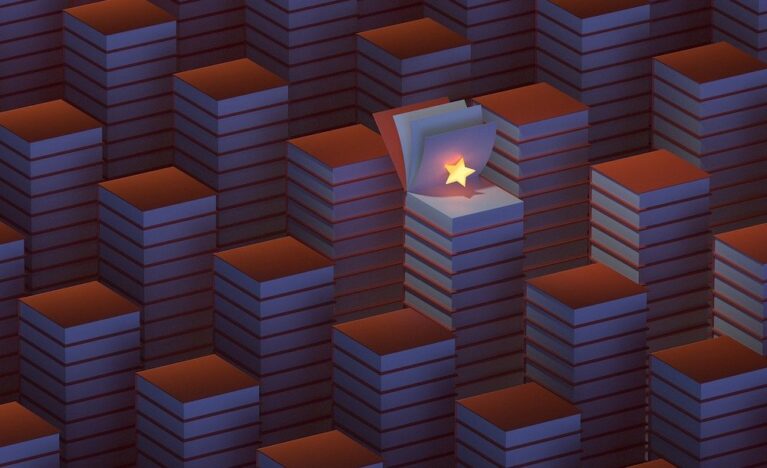
The marketing is still crap
There are 3,700 people employed in publishing – a small industry, really – according to the surveys (via the Australian Publishers Association). Those interested people following current trends here and worldwide will know that mergers and acquisitions in the sector are a regular news item and, ultimately, make it harder for independent houses to maintain a presence in a boisterous market where it can be easier for bookshops to follow the dominant players and probably get some added benefits for doing so. Who knows how this market will fare a year on and how many Australian voices will be included. Right now, the unspoken reality is that advances to authors are spiralling downwards along with sales and, obviously, royalty payments. Fewer and fewer writers reach what they expected in financial and career-building stakes, even those making new books fairly and squarely in the mainstream… In the new etiquette of social media, each book apparently needs its own framework and journey, while authors, debut or veteran, are expected to muck in and do their own marketing and ‘brand building’ in the online marketplace. That’s what it looks like, anyway, to this observer. I am supposedly an insider but am perpetually perplexed by the fame stakes involved in becoming an author, as well as the claim that authors have viable careers.
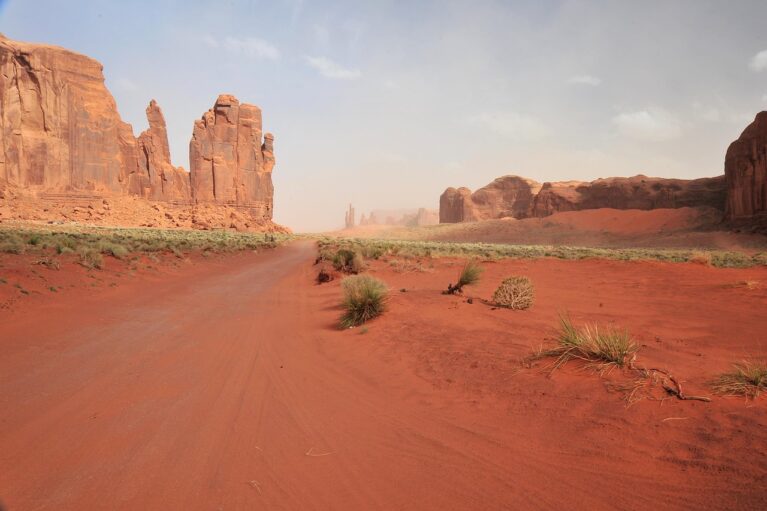
Nobody panic
The desert of the real is now where most teens search for answers to life’s big questions: what is love? Who am I? What is truth? The images of reality we create hold messages about reality. Copies of copies of copies though they may be, they nonetheless have a material effect on our children’s thoughts, behaviours, opinions. Consumerism. Communism. Sexism. Cancelism. Nationalism. Anarchism. Stoicism. Humanism. Ideas about what we should live like, look like and love like, what it means to be a man or a woman, what it means to be an individual or part of a community, are all displayed on a screen in their pockets. The influence is profound, but not necessarily sinister if they are taught to interrogate what they consume.

Bypassing the gatekeepers
Once invisible, the Matildas are now everywhere, spanning worlds from football to high-end fashion. The questions we’re now grappling with are: What does it mean to go from no one watching to everyone watching? From too little to too much interest? (When fans are, for example, creating entire TikToks to unpack the complexities around teammates dating teammates.) And: When your brand is built on a direct-to-fan connection and now unsustainable accessibility, how do you manage those parasocial demands? Complicating this is the fact that fans follow players more than teams – the demand is more individualised, the load more concentrated.

Very online feelings
In 2013, the Oxford English Dictionary declared ‘selfie’ its word of the year, and Twitter later declared 2014 ‘the year of the selfie’ after the term was mentioned more than ninety-two million times on the platform – a twelve-fold increase from the previous year. It was in this context that influencer selfies provided templates and scripts to spur more consumption and more desire, taking commodification of the body and the self to the next level. For instance, influencers popularised a whole ‘science’ around how to craft the most desirable faces through cosmetics and surgery, how to perform authenticity through ‘casual selfies’ that felt extra sincere but that also required extra behind-the-scenes effort, and how to assuage tensions arising from accusations of excessive plastic surgery and ‘fakery’. Selfies were reclaimed, transformed by their creators from expressions of mere vanity to useful tools of subversive frivolity. Influencer couples also sold us benchmarks of romantic perfection through carefully orchestrated couple photographs, love declarations on social media and ‘rules’ about how to be the perfect partner.